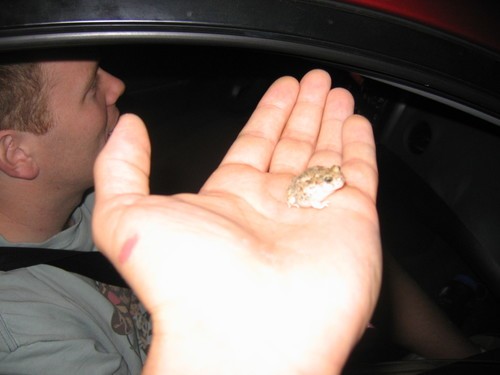Western spadefoot
A species of Western spadefoot toads, Also known as Hammond's spadefoot Scientific name : Spea hammondii Genus : Western spadefoot toads
Western spadefoot, A species of Western spadefoot toads
Also known as:
Hammond's spadefoot
Scientific name: Spea hammondii
Genus: Western spadefoot toads
Content
Description People often ask General Info
Description
The western spadefoot toad (Spea hammondii) is a relatively smooth-skinned species of American spadefoot toad. Its eyes are pale gold with vertical pupils. It has a green or grey dorsum often with skin tubercles tipped in orange, and it is a whitish color on the ventrum. It has a wedge-shaped black spade on each hind foot. Adult toads are between 3.8 and 7.5Â cm (1.5 and 3.0Â in) long.
People often ask
General Info
Lifespan
12-15 years
Diet
Western spadefoot primarily relies on a carnivorous diet, with a strong preference for aquatic invertebrates. Substantial components include crustaceans and mosquito larvae, which are actively hunted during night foraging sessions.
Appearance
Western spadefoot is a medium-sized toad with a robust, squat body and smooth skin. Its color varies from light gray to olive or brown, often speckled with darker blotches. The belly is often lighter, often displaying small dark spots. Males are distinguished by their darker throat. Adults can reach up to 5 cm. This species lacks the presence of any significant features such as horns, wings, or tails.
Behavior
Western spadefoot exhibits a noxious secretion as a deterrent against predators, emphasizing survival through chemical defense. These highly gregarious species communally breed in temporary pools. Mainly a nocturnal creature, western spadefoot is often burrowed underground during the day, emerging at night for foraging activities.
Population
Decreasing
Scientific Classification
Phylum
Chordates Class
Amphibians Order
Frogs and toads Family
American spadefoot toads Genus
Western spadefoot toads Species
Western spadefoot 